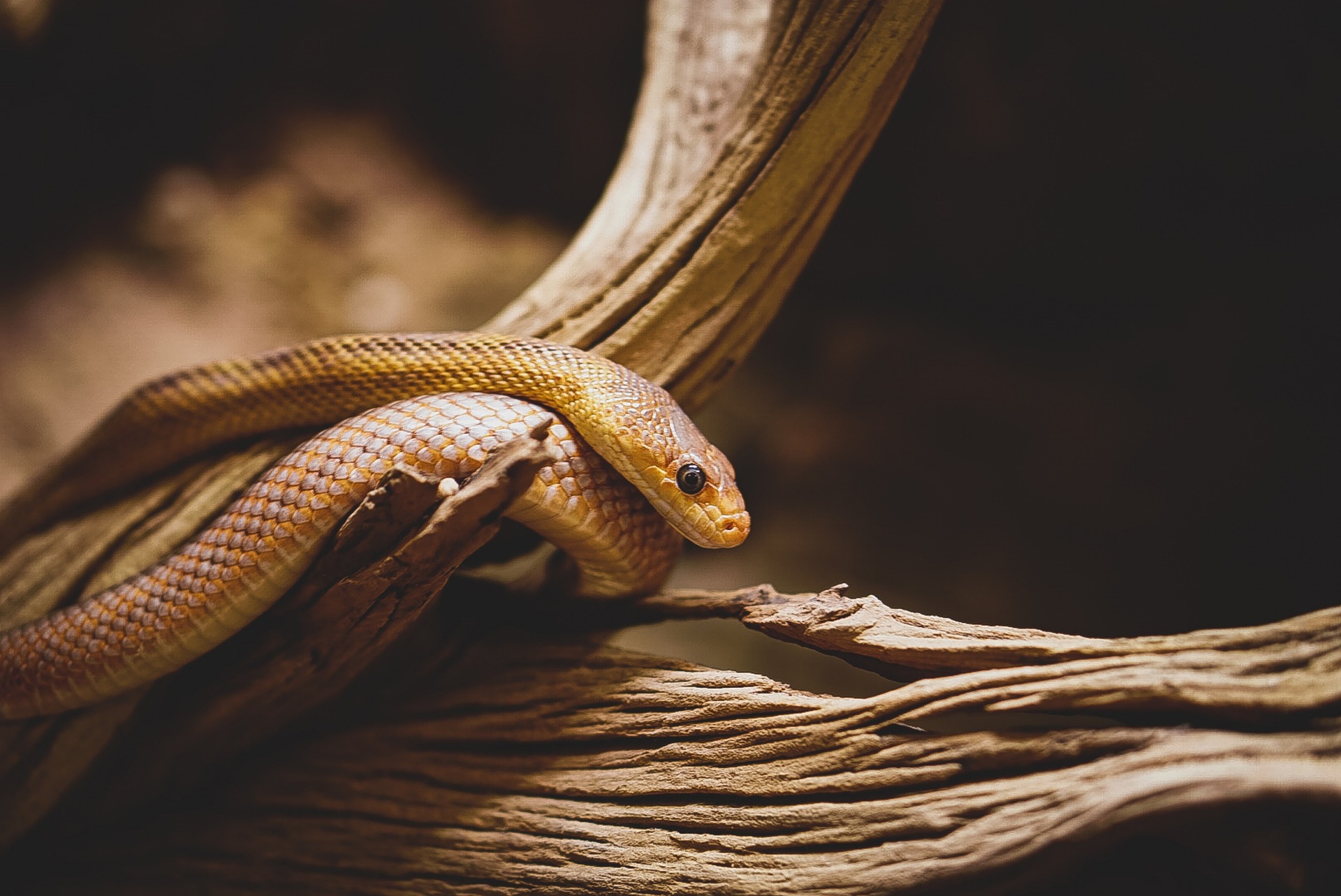Unveiling the Truth: The Misconceptions Surrounding Exotic Pets
The realm of exotic pets is one that has always been shrouded in misunderstanding and misinformation. From tarantulas to iguanas, from macaws to sugar gliders, these unique creatures are often misunderstood as difficult, dangerous or even cruel to keep. This article aims to debunk some of the most common misconceptions about these fascinating creatures, shedding light on their true nature and needs.

Untangling Historical Misunderstandings
Historically, exotic pets have been associated with a certain level of prestige. The rarity of these animals often elevated their owners’ social status, creating a sense of exclusivity. Unfortunately, the unique needs of these creatures were often overlooked, leading to a number of misconceptions that persist to this day. One common misunderstanding is that exotic pets are undomesticated wild animals that are inherently dangerous—a misleading claim that fails to take into account the diverse range of species and their varying temperaments.
Today’s Dissected Misconceptions
- Exotic pets are dangerous: While it’s true that some exotic pets can pose a risk to owners if not properly cared for, the same can be said for many common pets. The key lies in understanding the specific needs and behaviors of the animal in question.
- They require complex care: Keeping an exotic pet can certainly be more challenging than caring for a dog or cat, but it’s far from impossible. Again, understanding the creature’s specific needs and providing appropriate care are the keys to a successful relationship.
- Exotic pets are all wild animals: Many exotic pet species have been bred in captivity for generations and are perfectly adapted to live with human companions.
Exotic Pet Trends and Market Impact
The popularity of exotic pets has been on the rise in recent years. This growing demand has created a significant impact on the pet industry. However, the price range of these pets can vary significantly. A sugar glider, for instance, might cost approximately $200-$400, while a macaw could range from $1,000 up to $15,000. The additional cost of housing, feeding, and caring for these animals can also add up, contributing to the overall market impact.
Harnessing Research to Dispel Myths
Research plays a pivotal role in challenging the misconceptions surrounding exotic pets. Studies have shown that with proper care, many exotic pets can lead healthy, content lives in human care. Yet, it’s important to remember that not all exotic animals make suitable pets, and potential owners should thoroughly research their chosen species before making a commitment.
Striking a Balance
The world of exotic pets is complex and multi-faceted. While it’s critical to challenge the misconceptions that surround these unique creatures, it’s equally important to acknowledge the challenges and responsibilities that come with their care. Understanding and respect must go hand-in-hand when venturing into this captivating realm.
In conclusion, while the realm of exotic pets can be a fascinating journey of discovery, it’s crucial to approach it with a clear understanding of the responsibilities involved. By challenging misconceptions and prioritizing appropriate care, we can ensure a mutually beneficial relationship between human and pet, regardless of how exotic the latter might be.




